Set
Early twentieth-century telephone periodicals
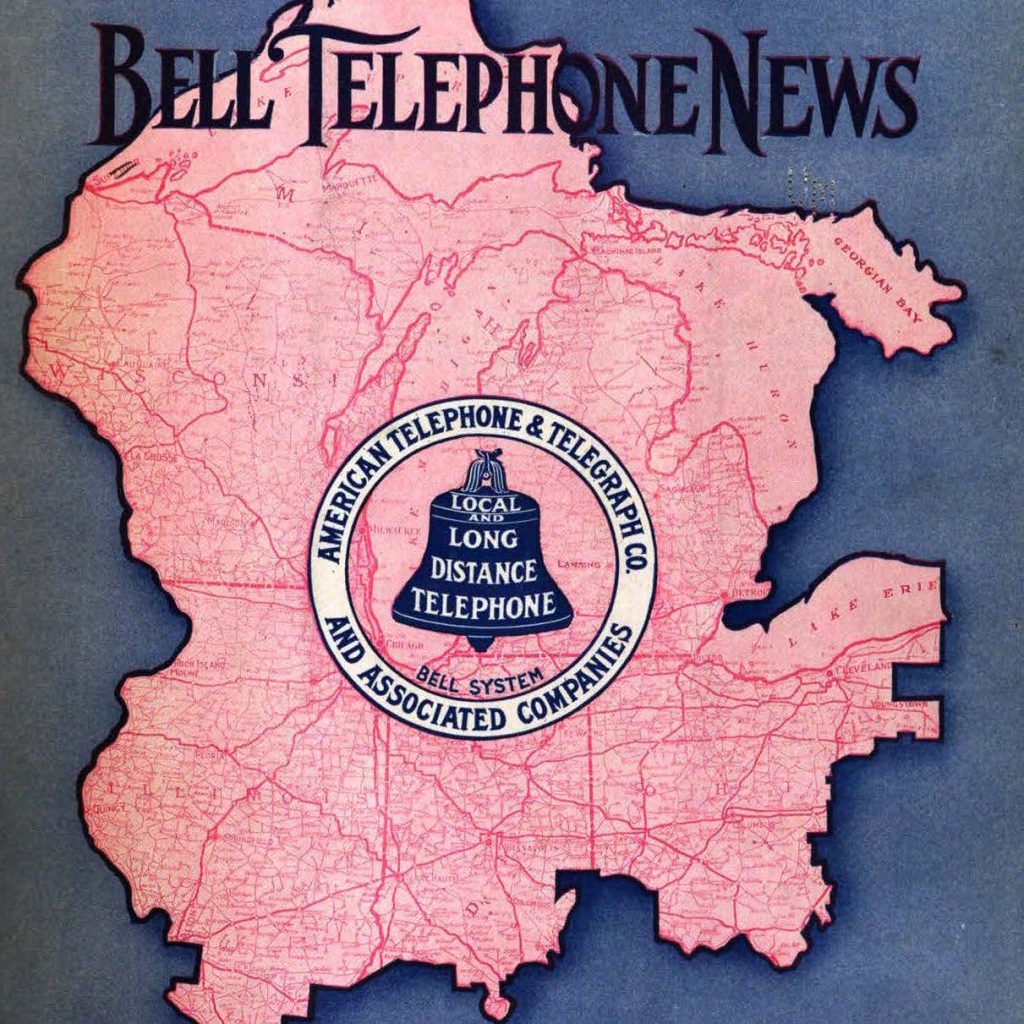
Items
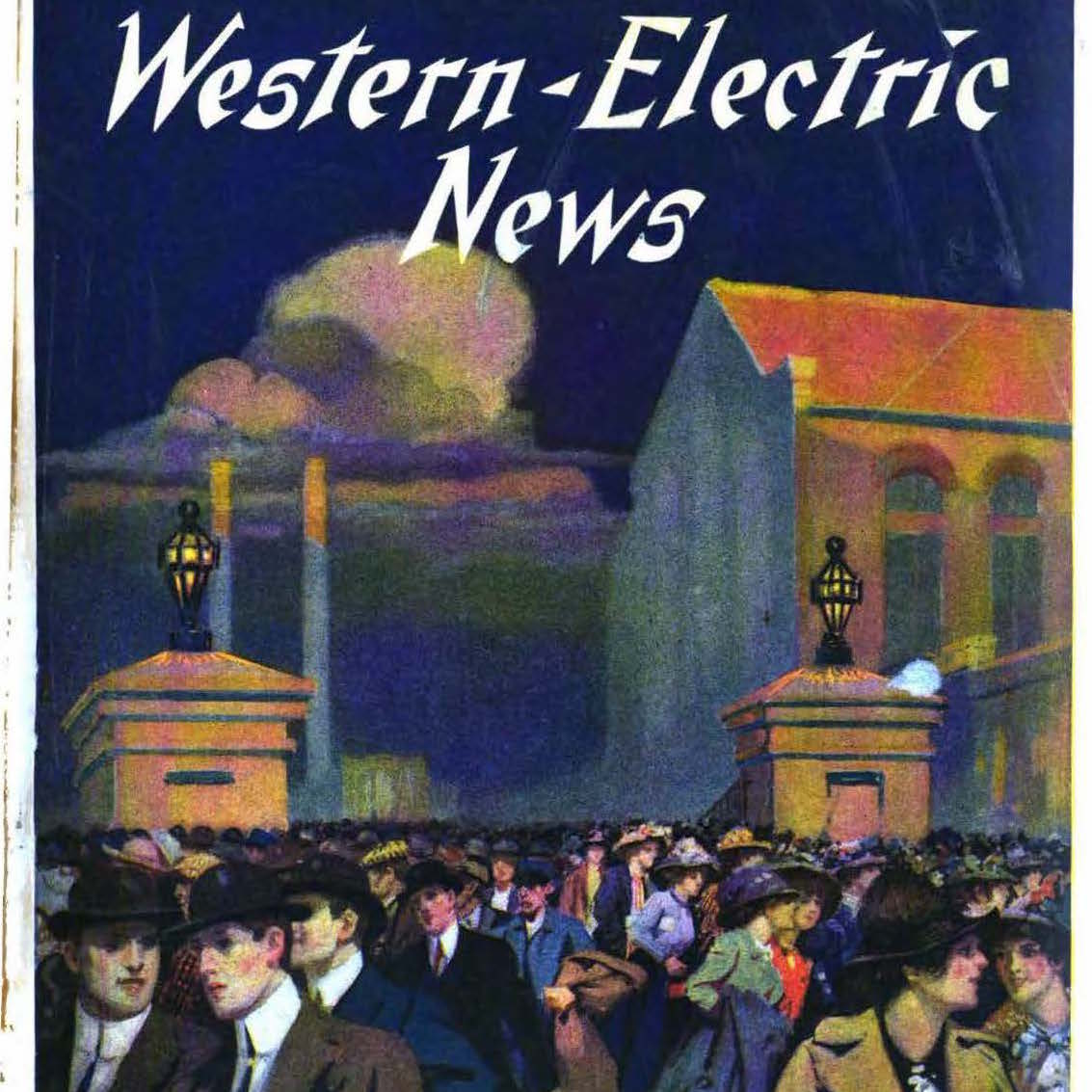
Western Electric News, Vol. 1 Texts
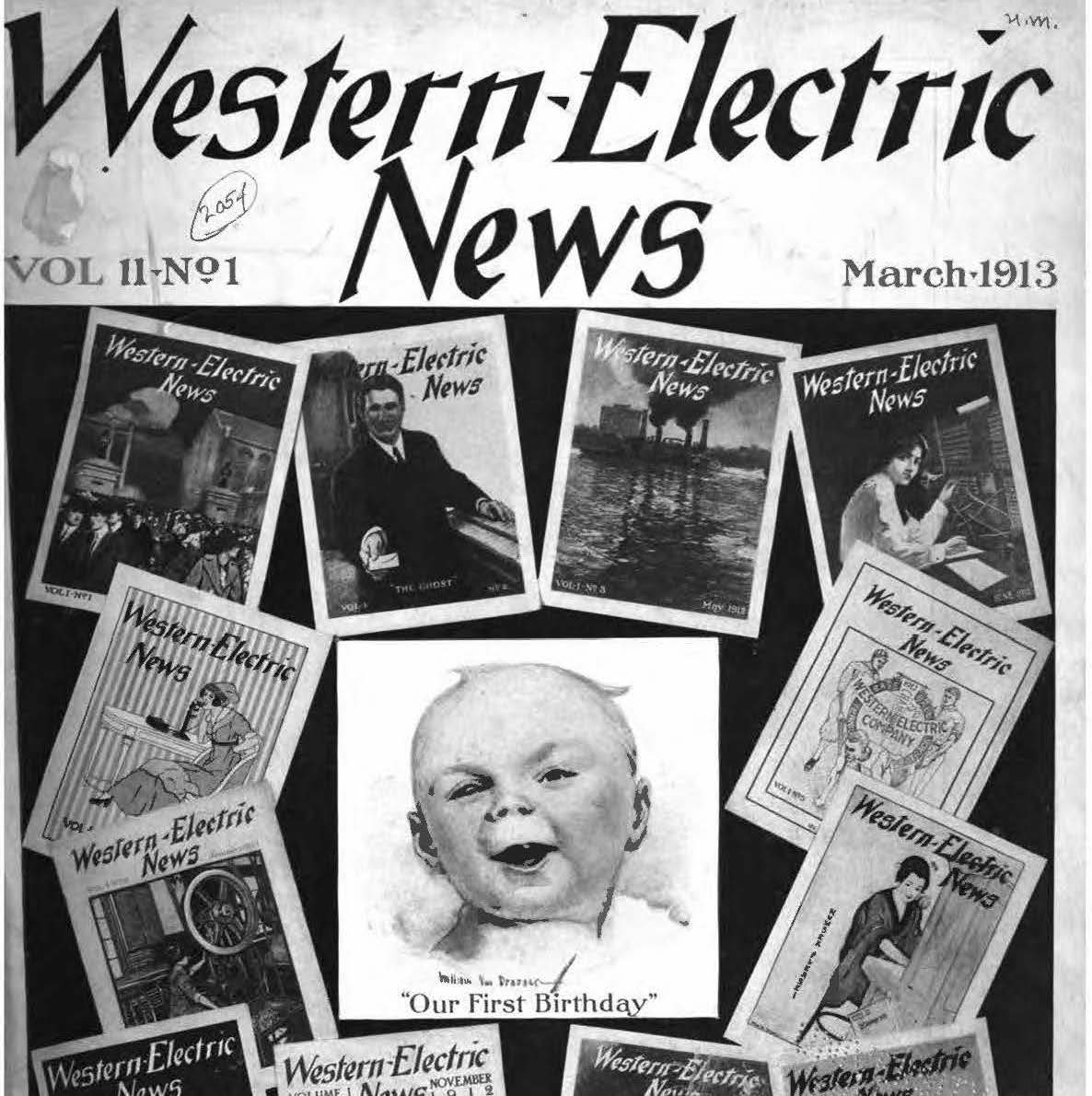
Western Electric News, Vol. 2 Texts
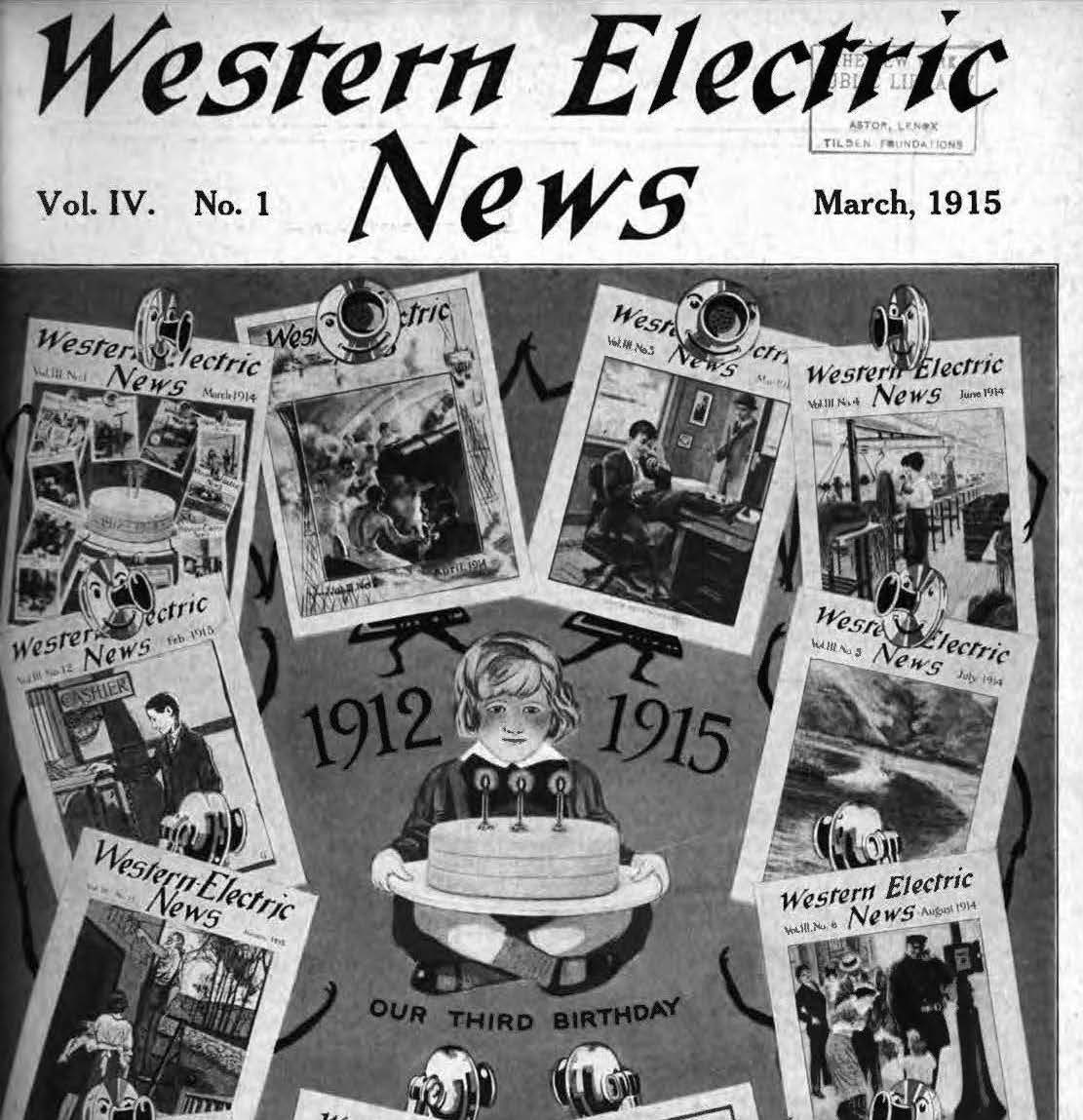
Western Electric News, Vol. 4 Texts
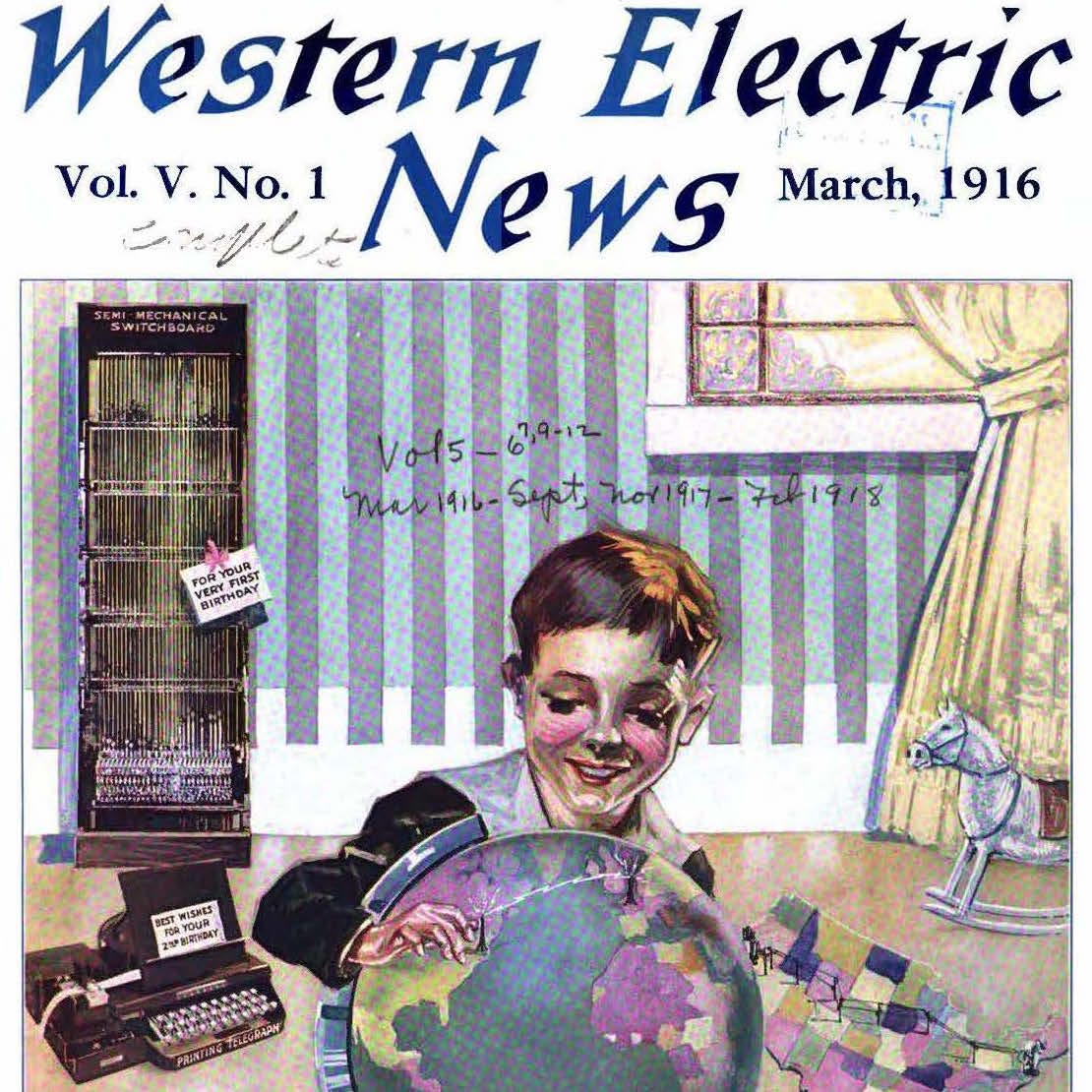
Western Electric News, Vol. 5 Texts
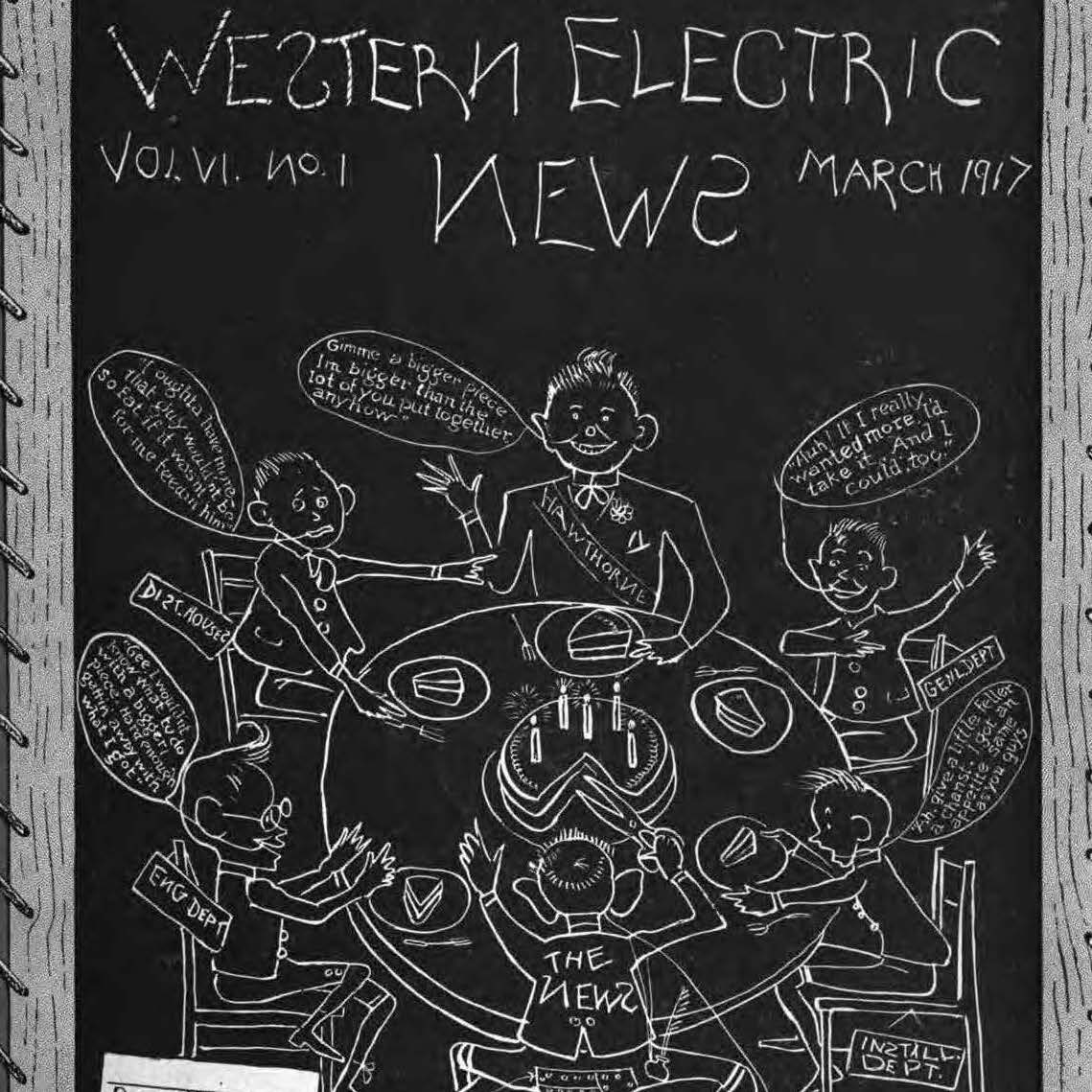
Western Electric News, Vol. 6 Texts
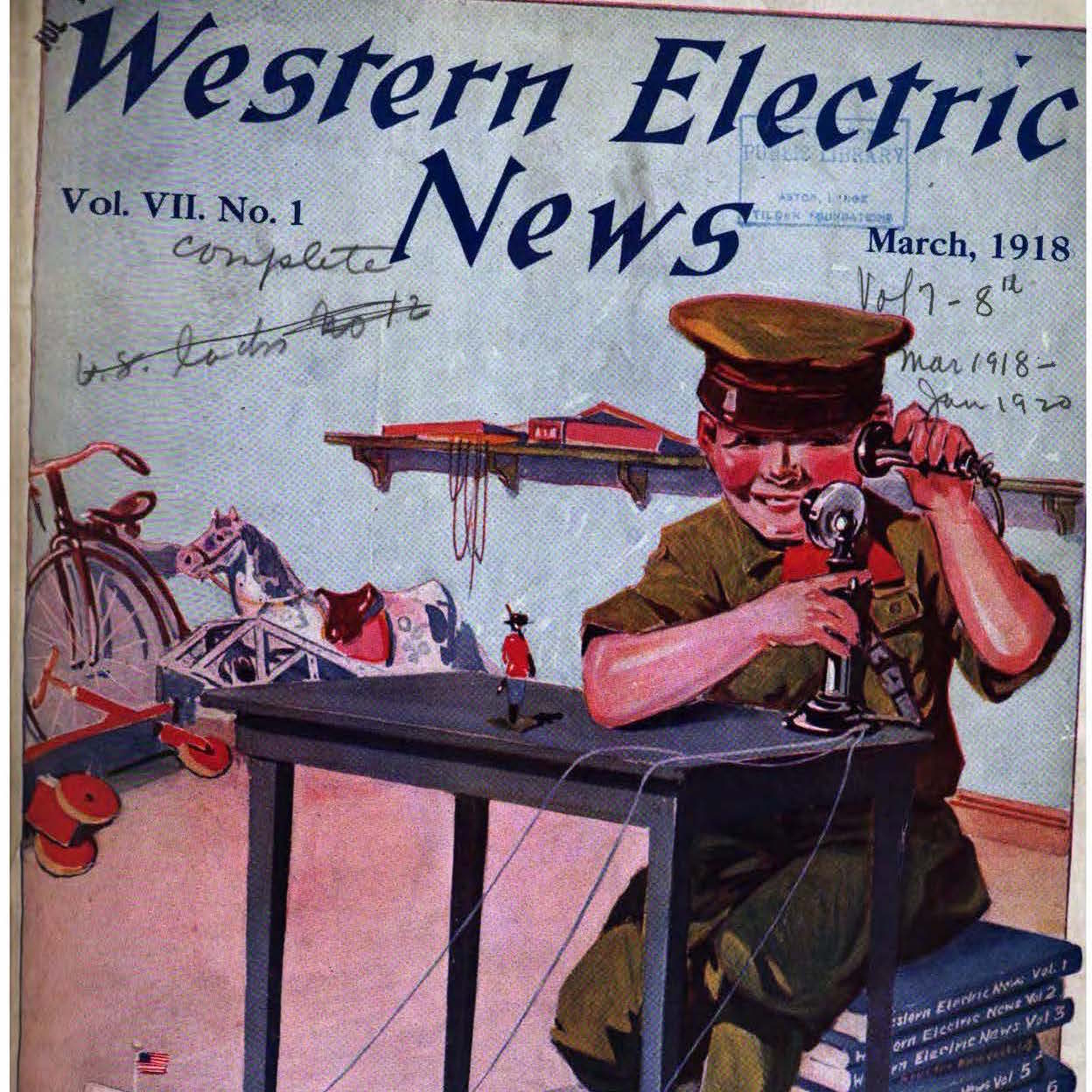
Western Electric News, Vol. 7 Texts
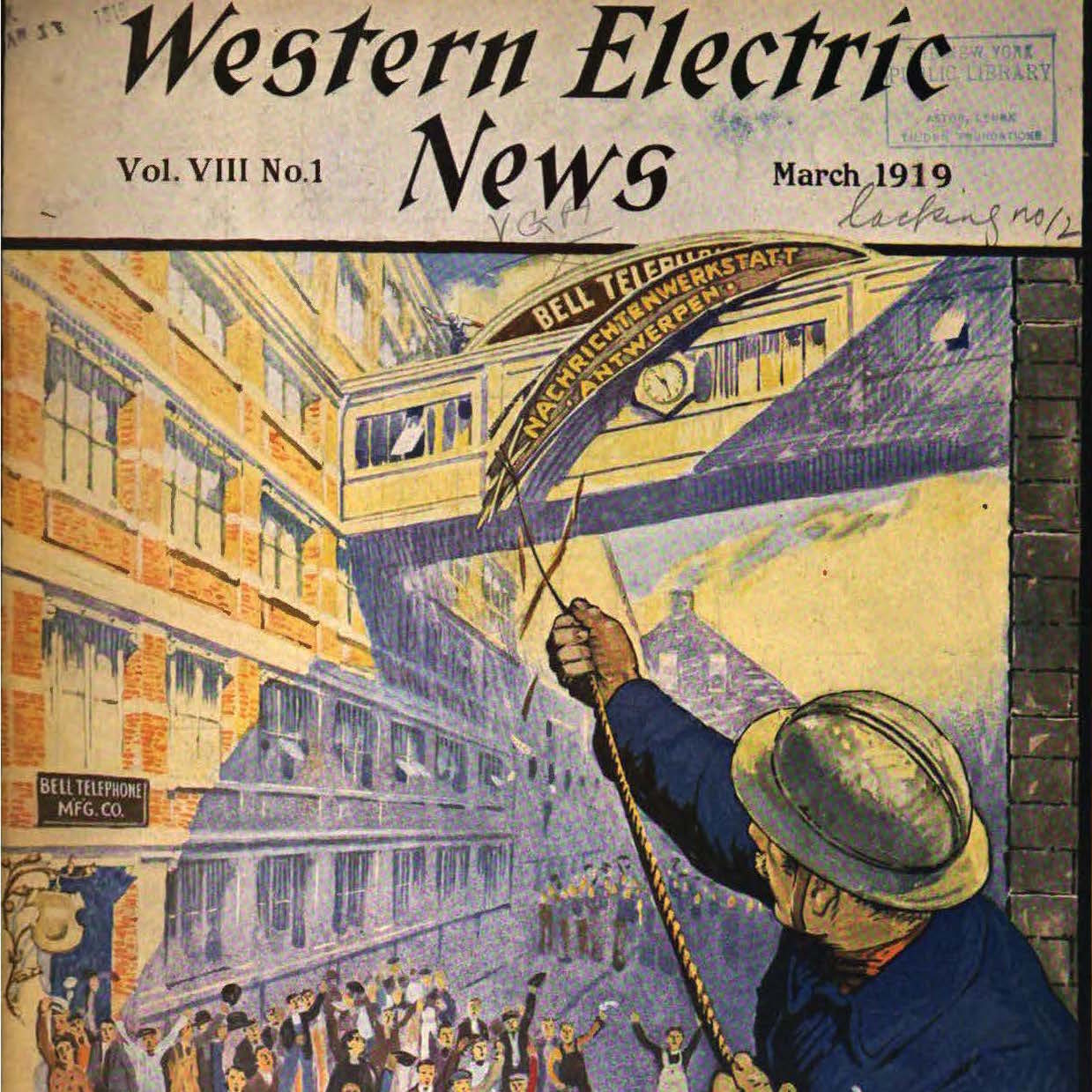
Western Electric News, Vol. 8 Texts

Western Electric News, Vol. 9 Texts
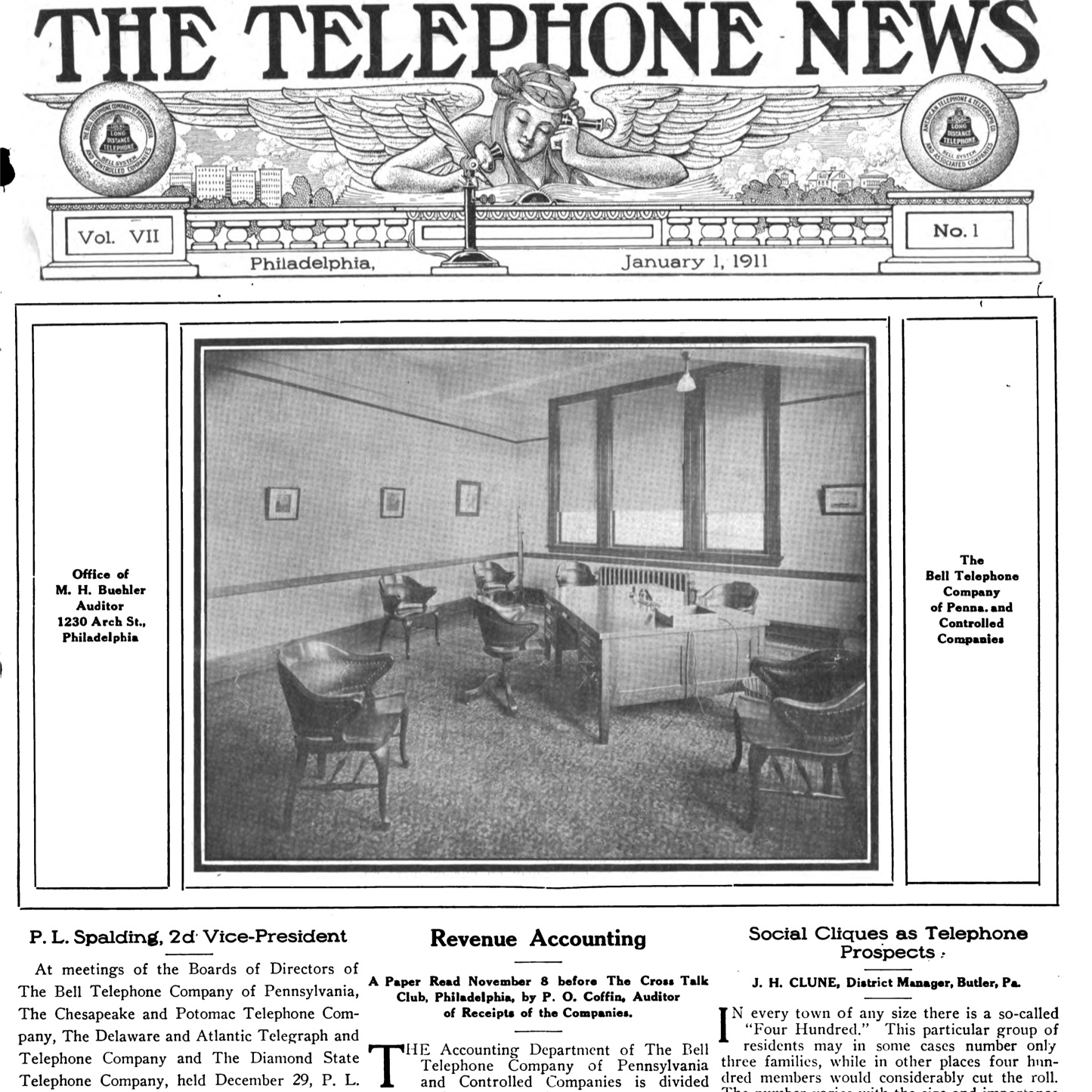
Bell Telephone News, Vol. 1 Texts
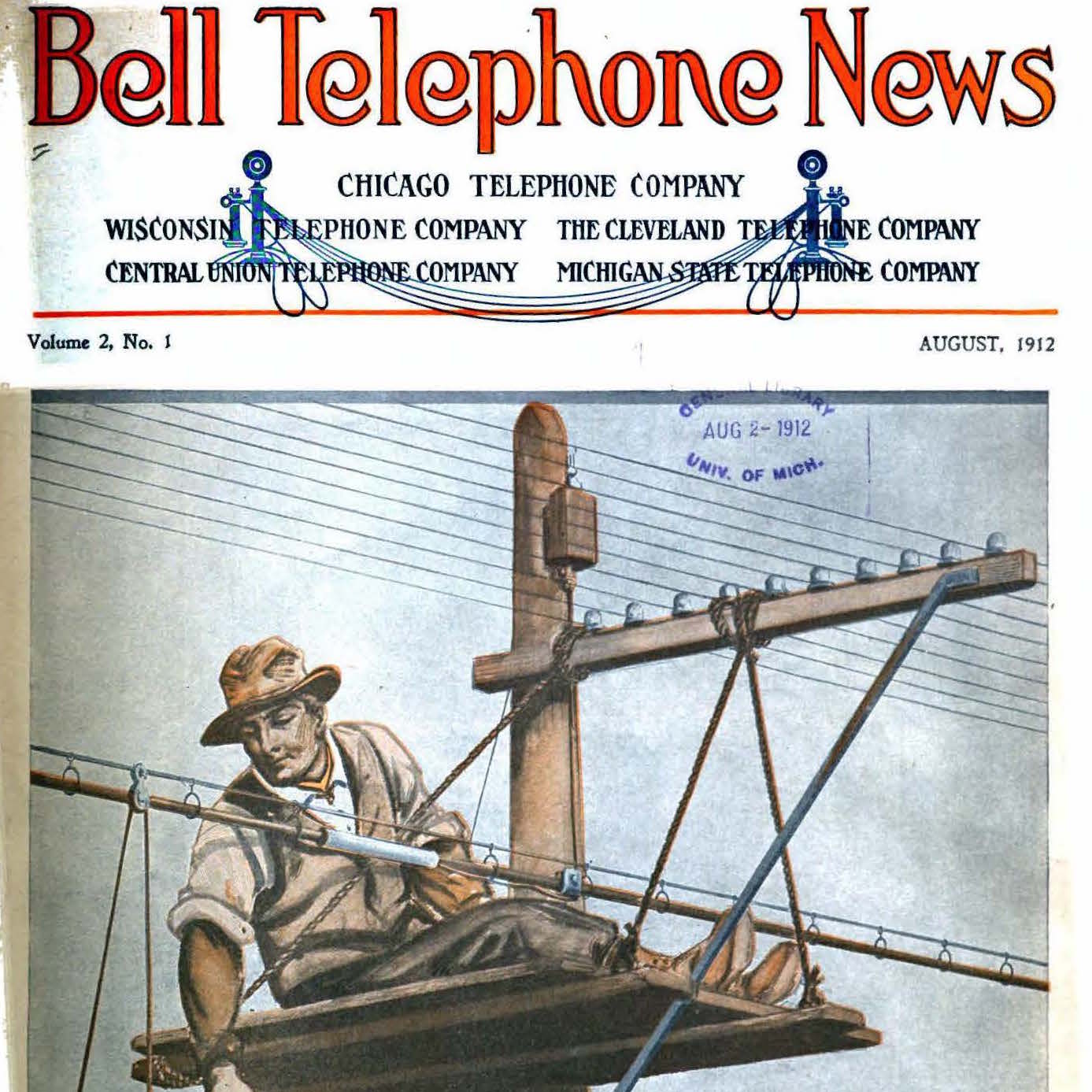
Bell Telephone News, Vol. 2 Texts
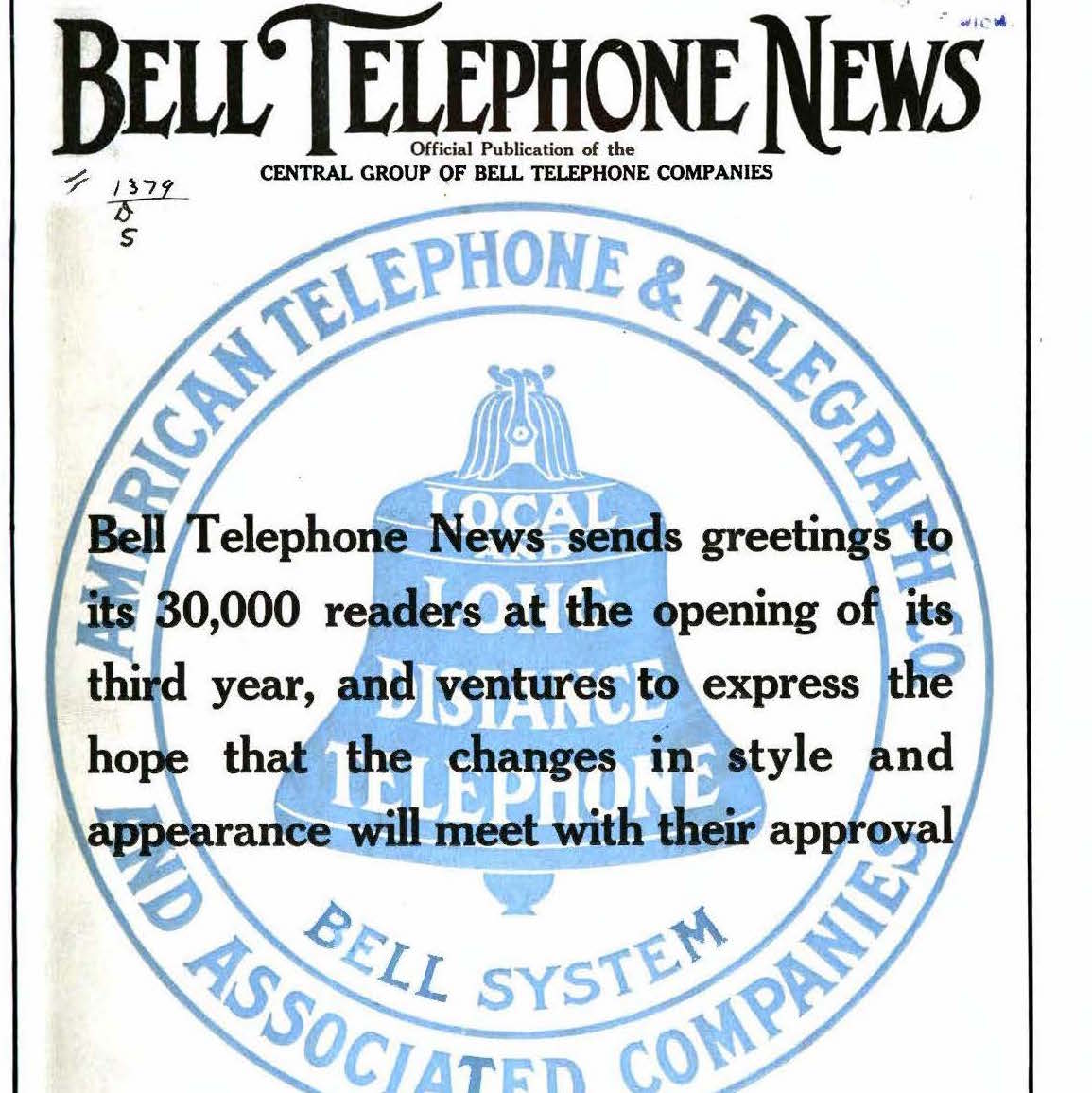
Bell Telephone News, Vol. 3 Texts
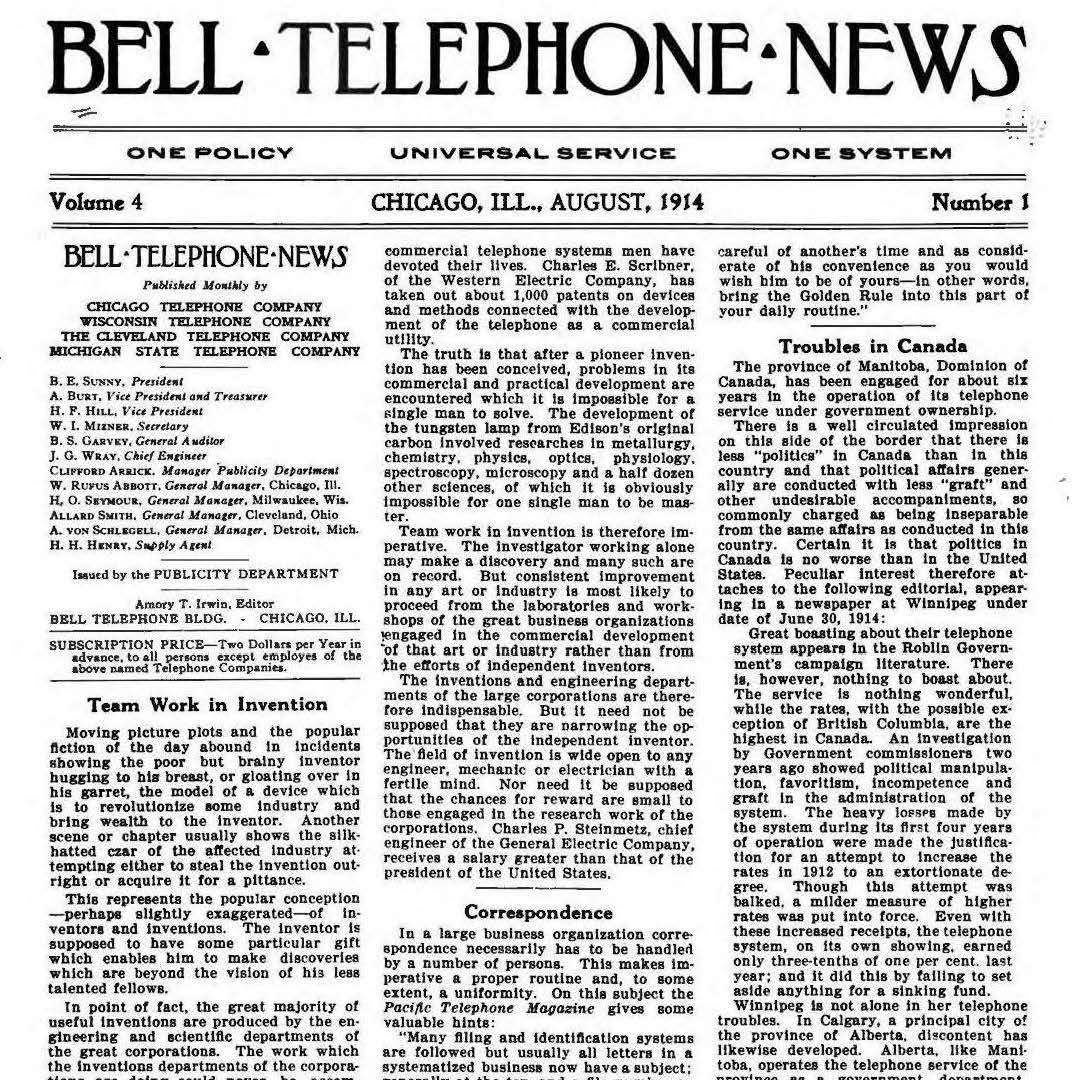
Bell Telephone News, Vol. 4 Texts
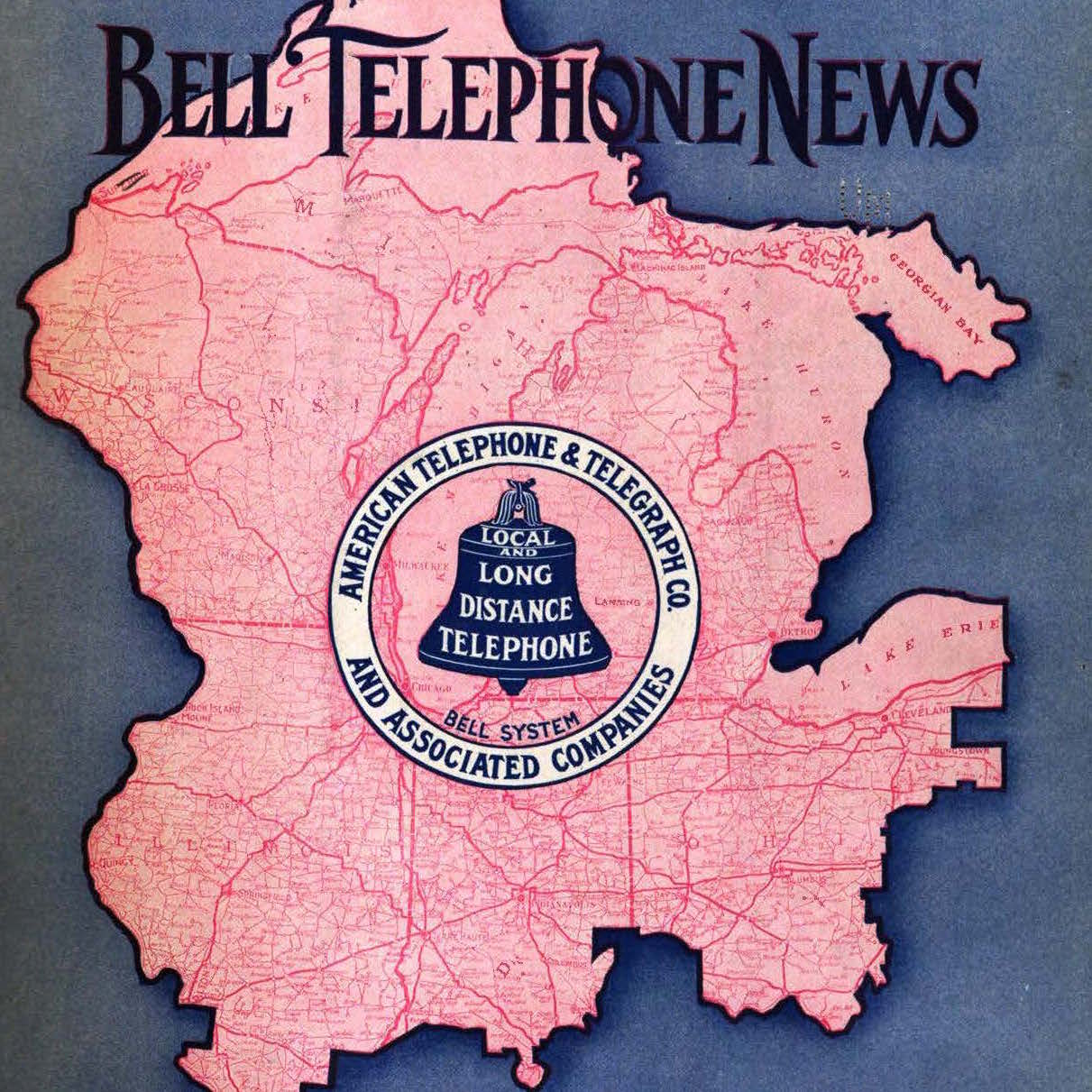
Bell Telephone News, Vol. 5 Texts
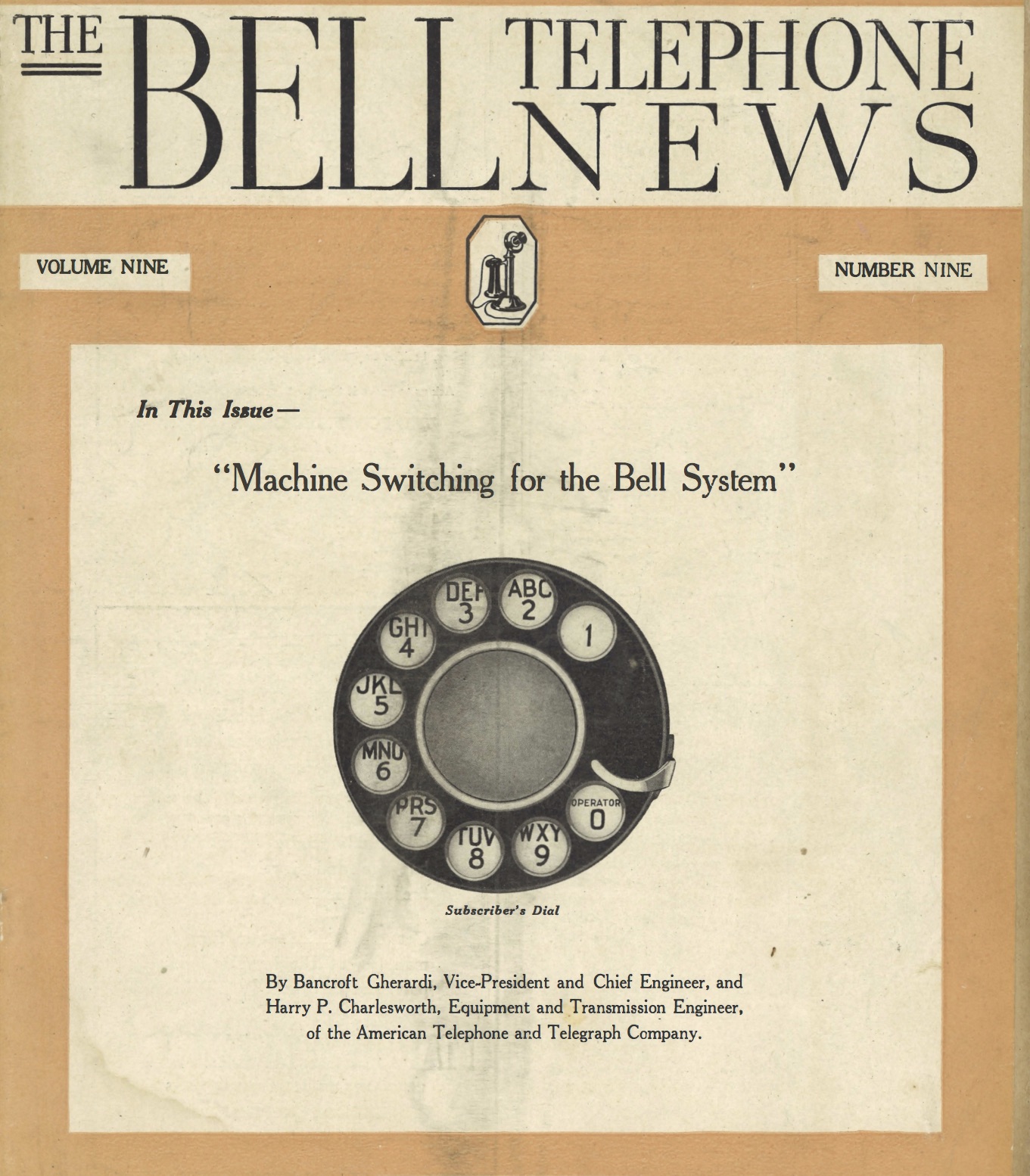
Bell Telephone News, Vol. 9 Texts
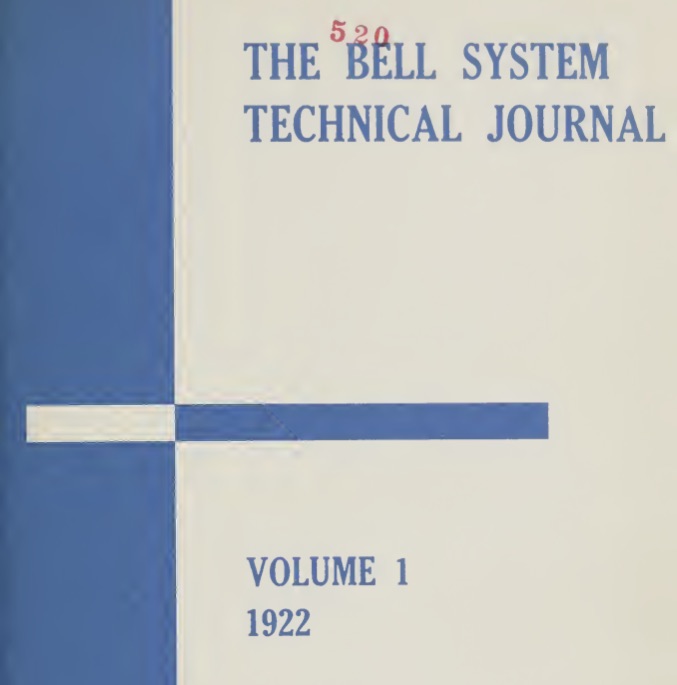
The Bell System Technical Journal, Vol. 1 Texts
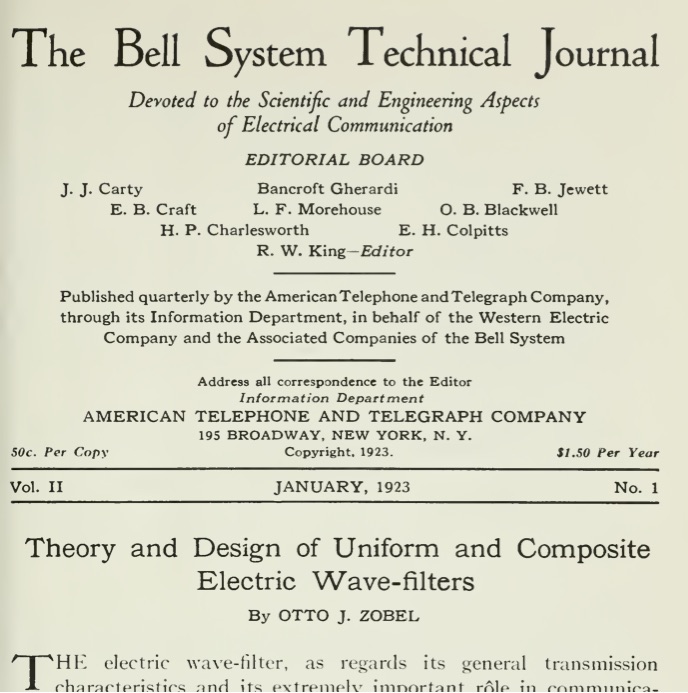
The Bell System Technical Journal, Vol. 2 Texts
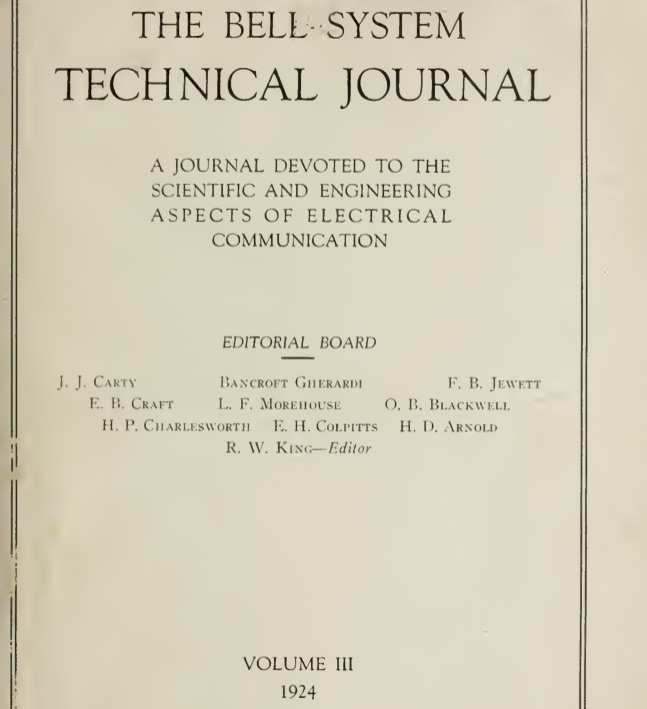
The Bell System Technical Journal, Vol. 3 Texts
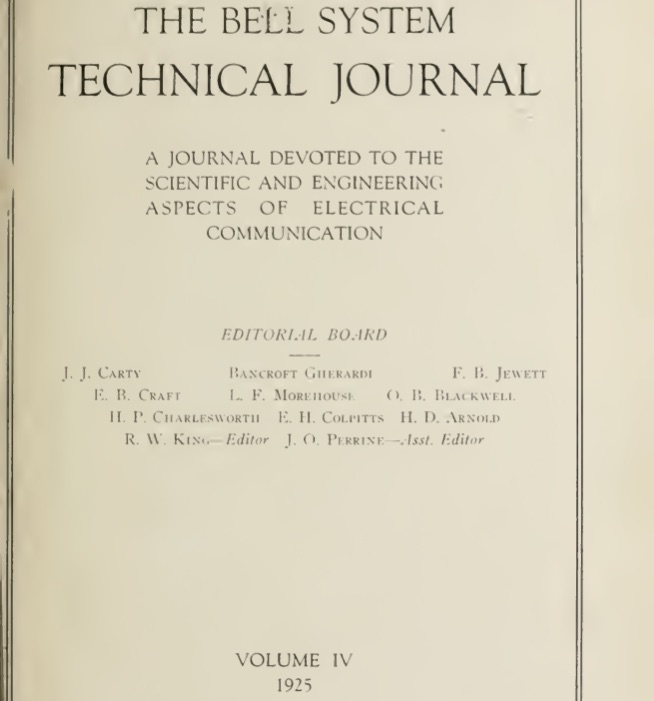
The Bell System Technical Journal, Vol. 4 Texts

The Bell System Technical Journal, Vol. 5 Texts
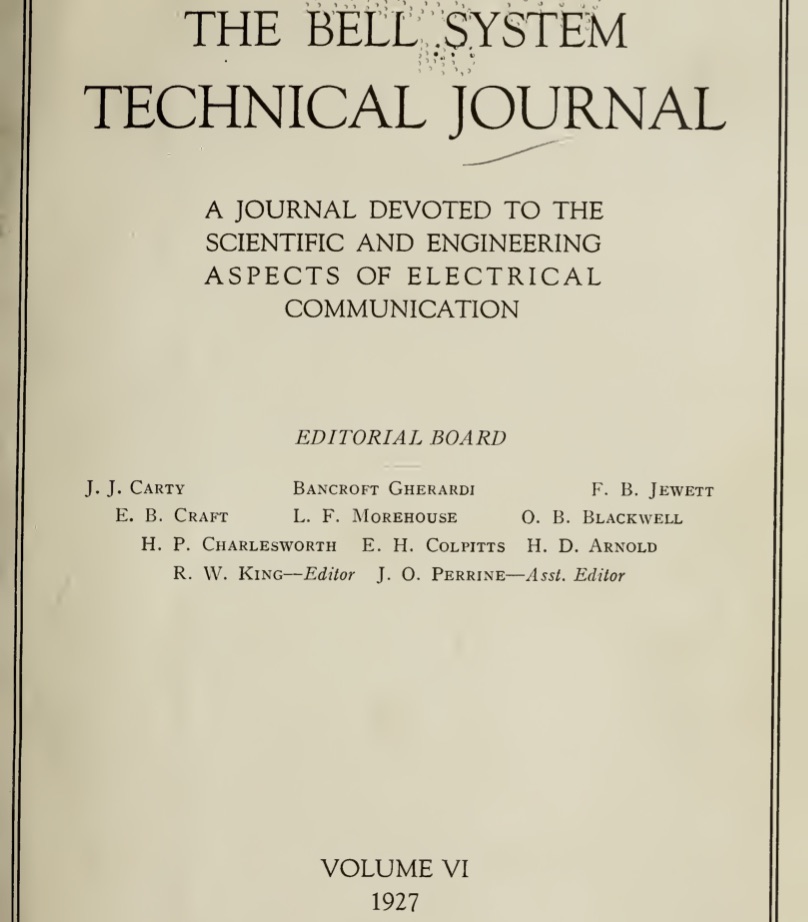
The Bell System Technical Journal, Vol. 6 Texts
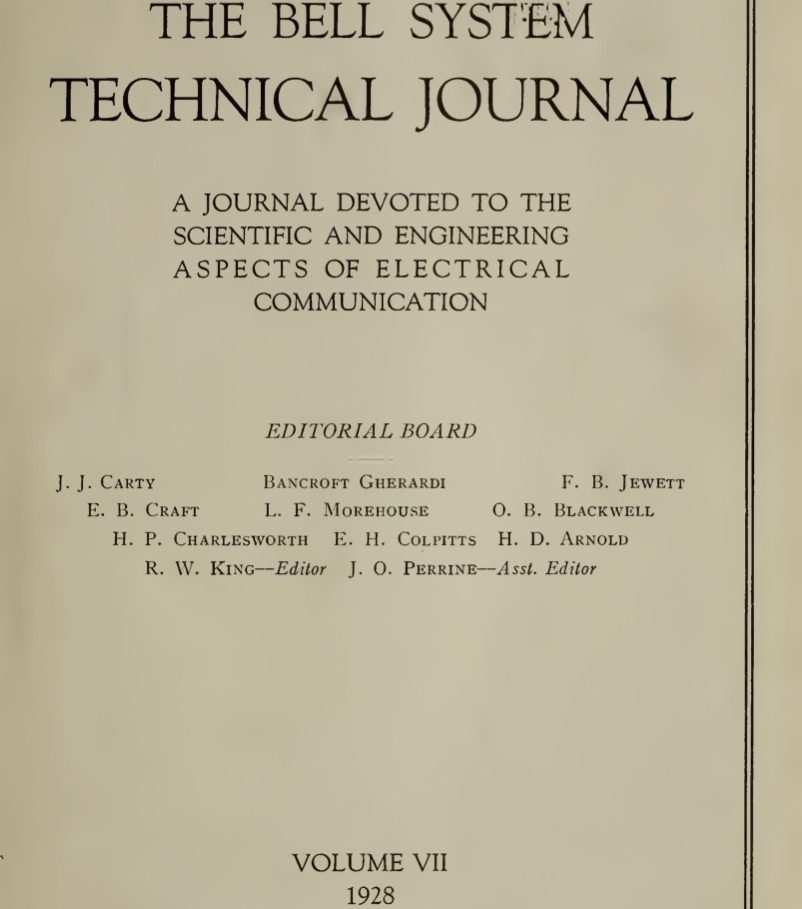
The Bell System Technical Journal, Vol. 7 Texts
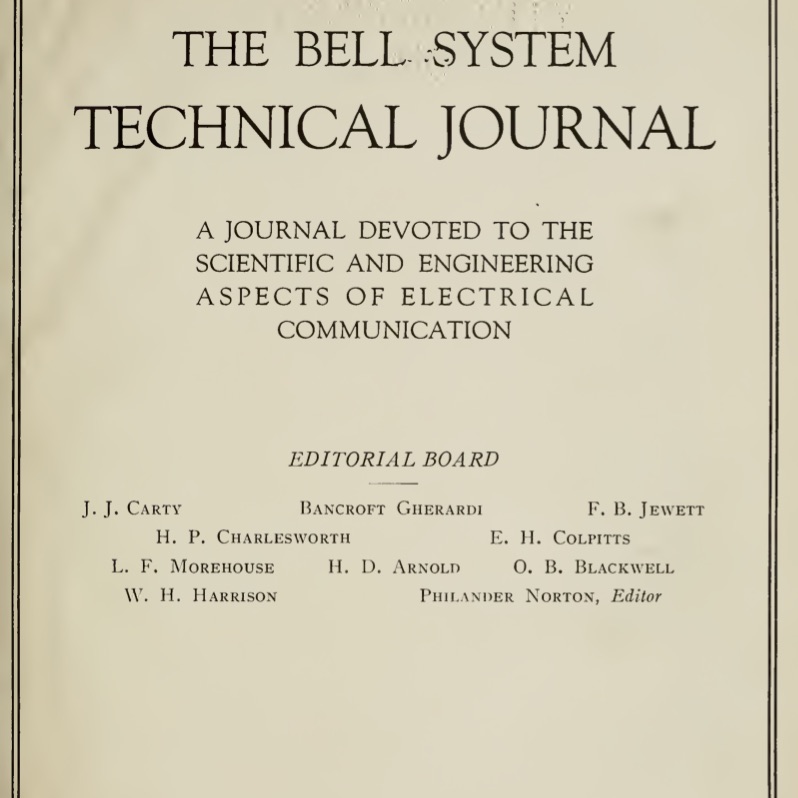
The Bell System Technical Journal, Vol. 8 Texts
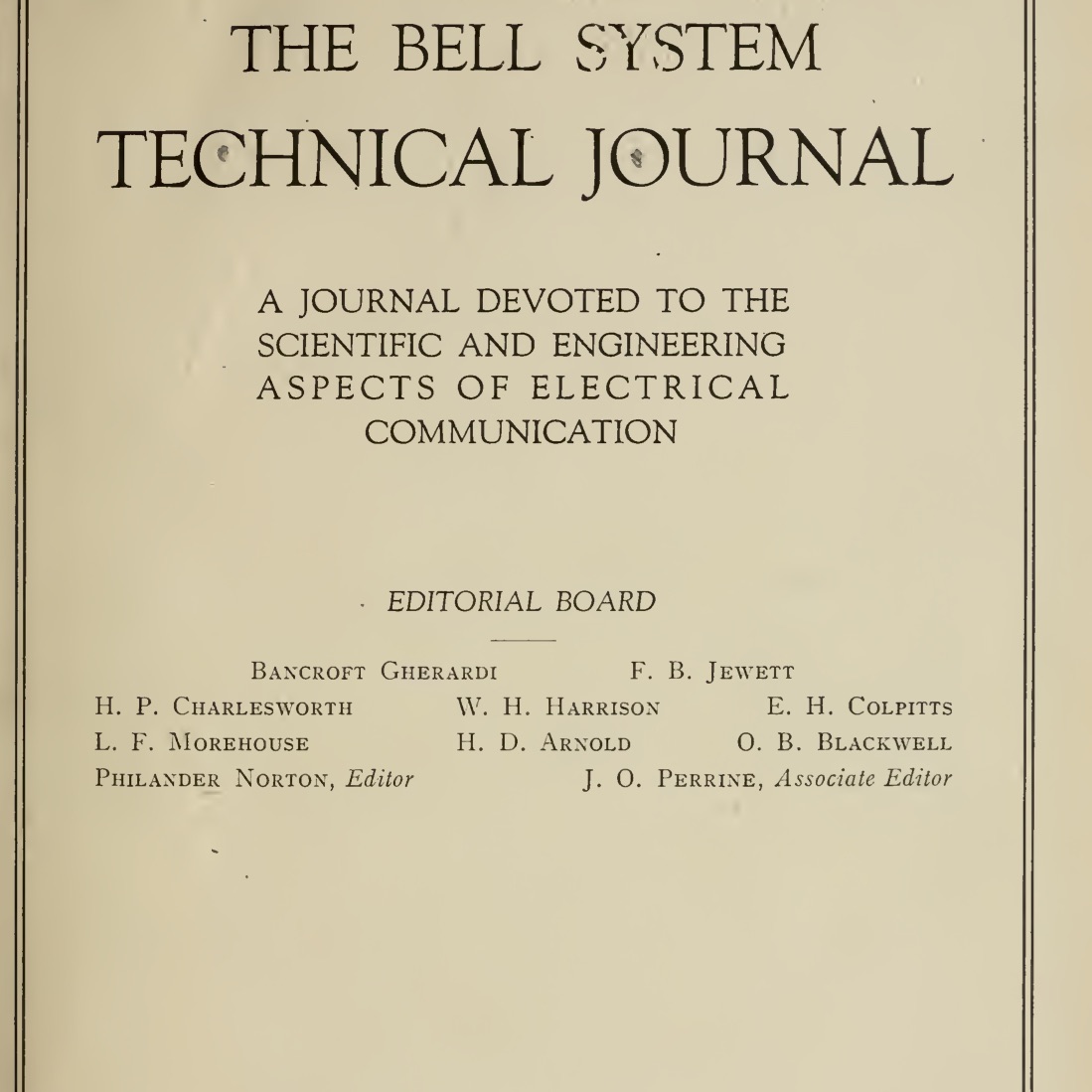
The Bell System Technical Journal, Vol. 9 Texts
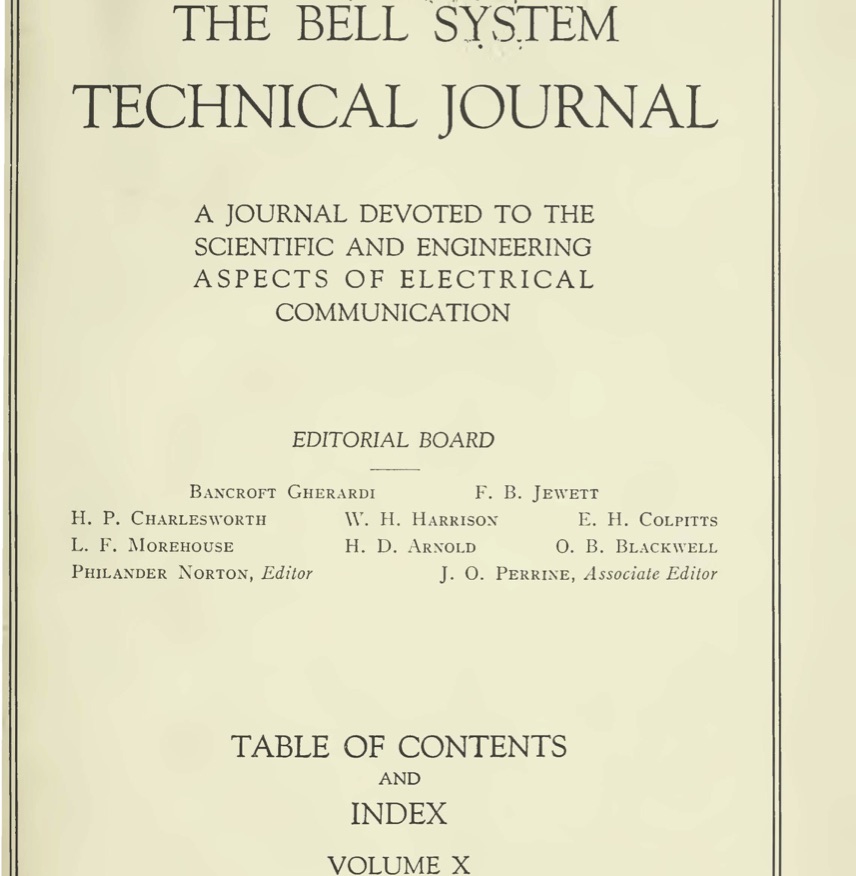
The Bell System Technical Journal, Vol. 10 Texts
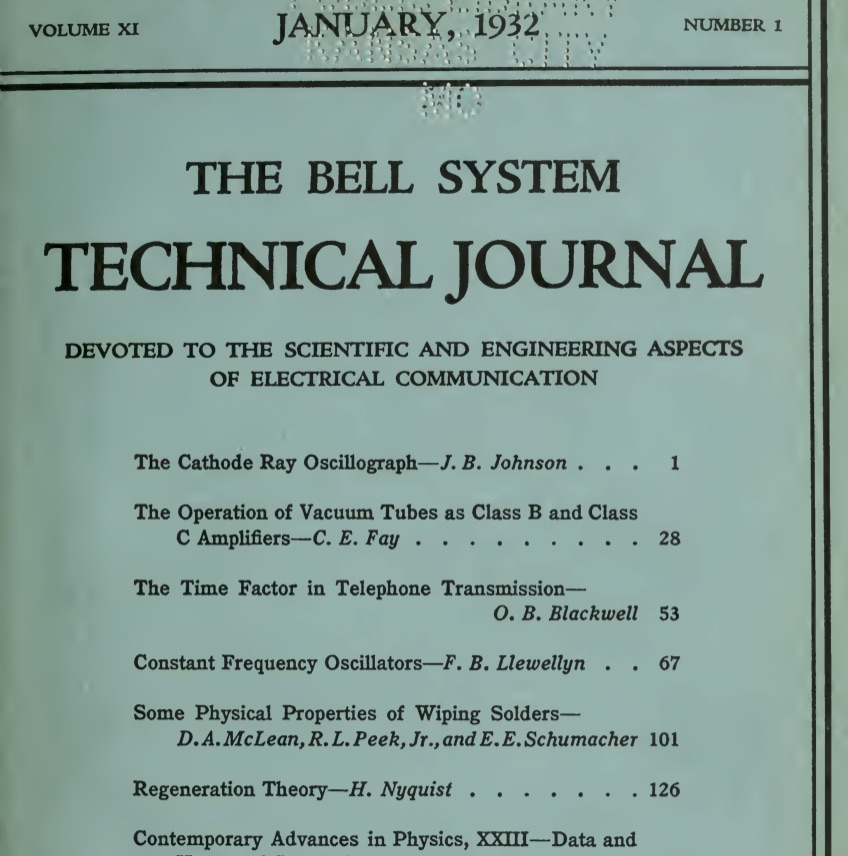
The Bell System Technical Journal, Vol. 11 Texts
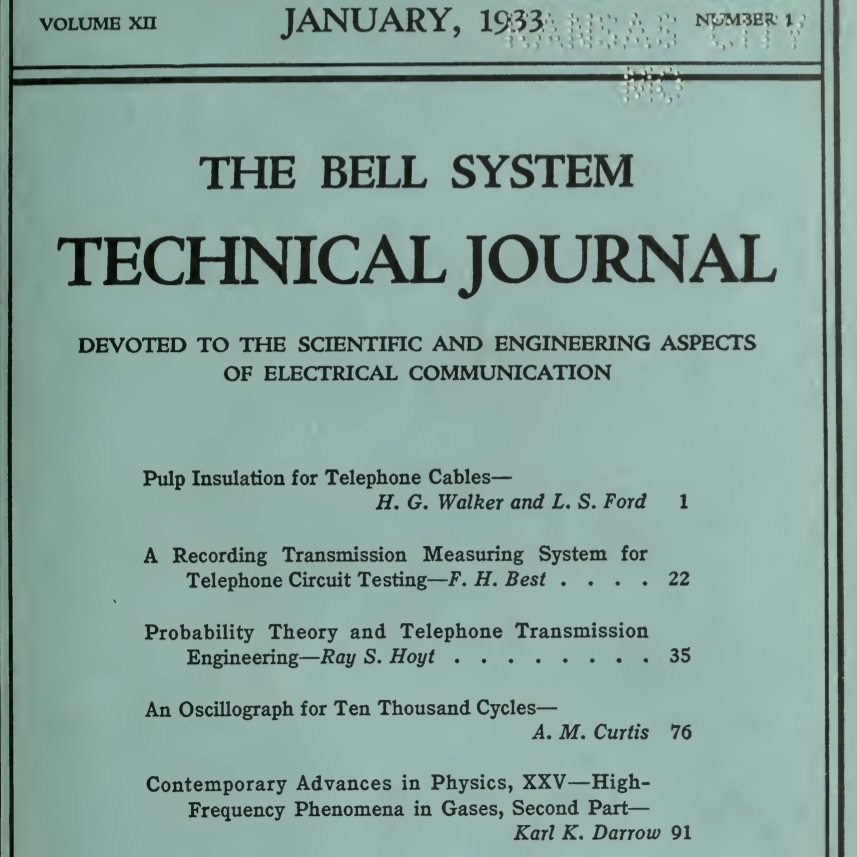
The Bell System Technical Journal, Vol. 12 Texts
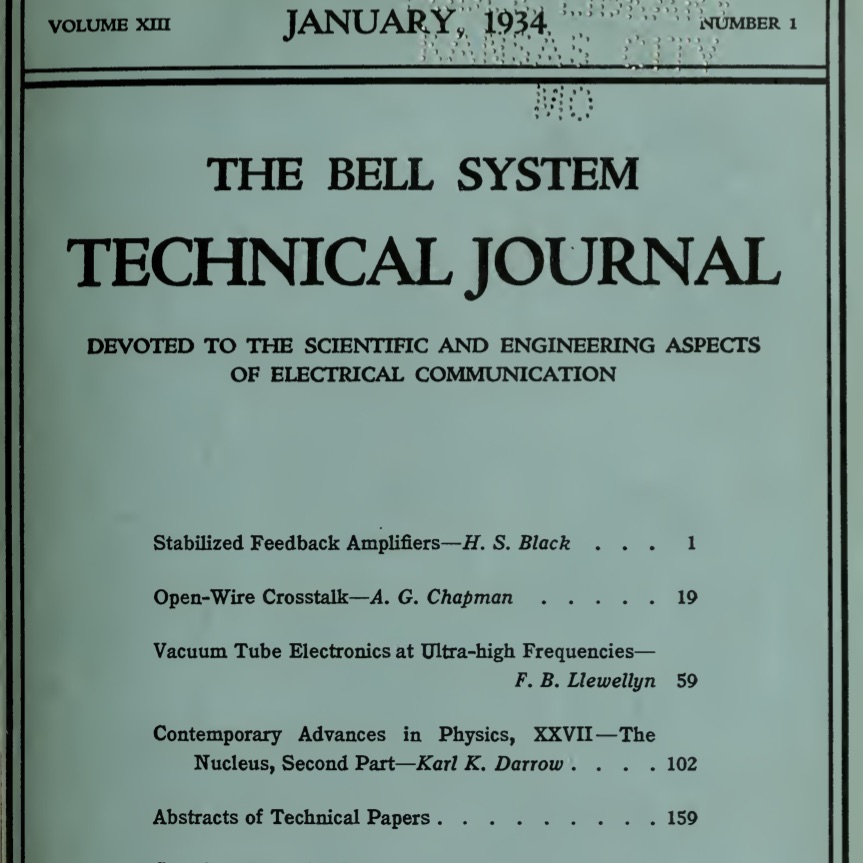
The Bell System Technical Journal, Vol. 13 Texts
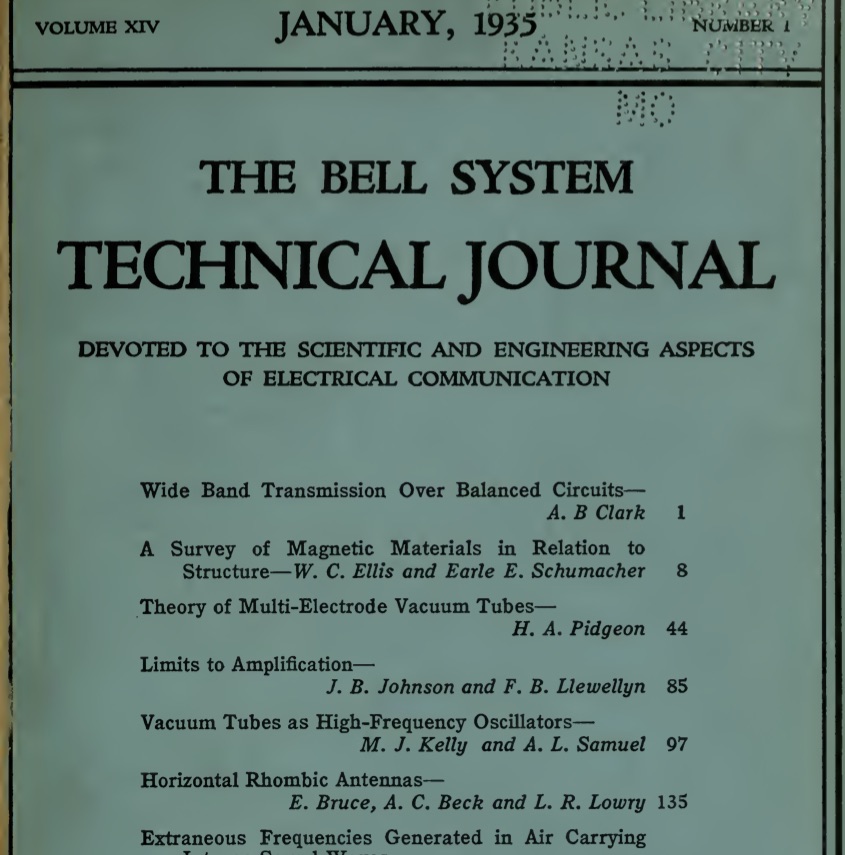
The Bell System Technical Journal, Vol. 14 Texts
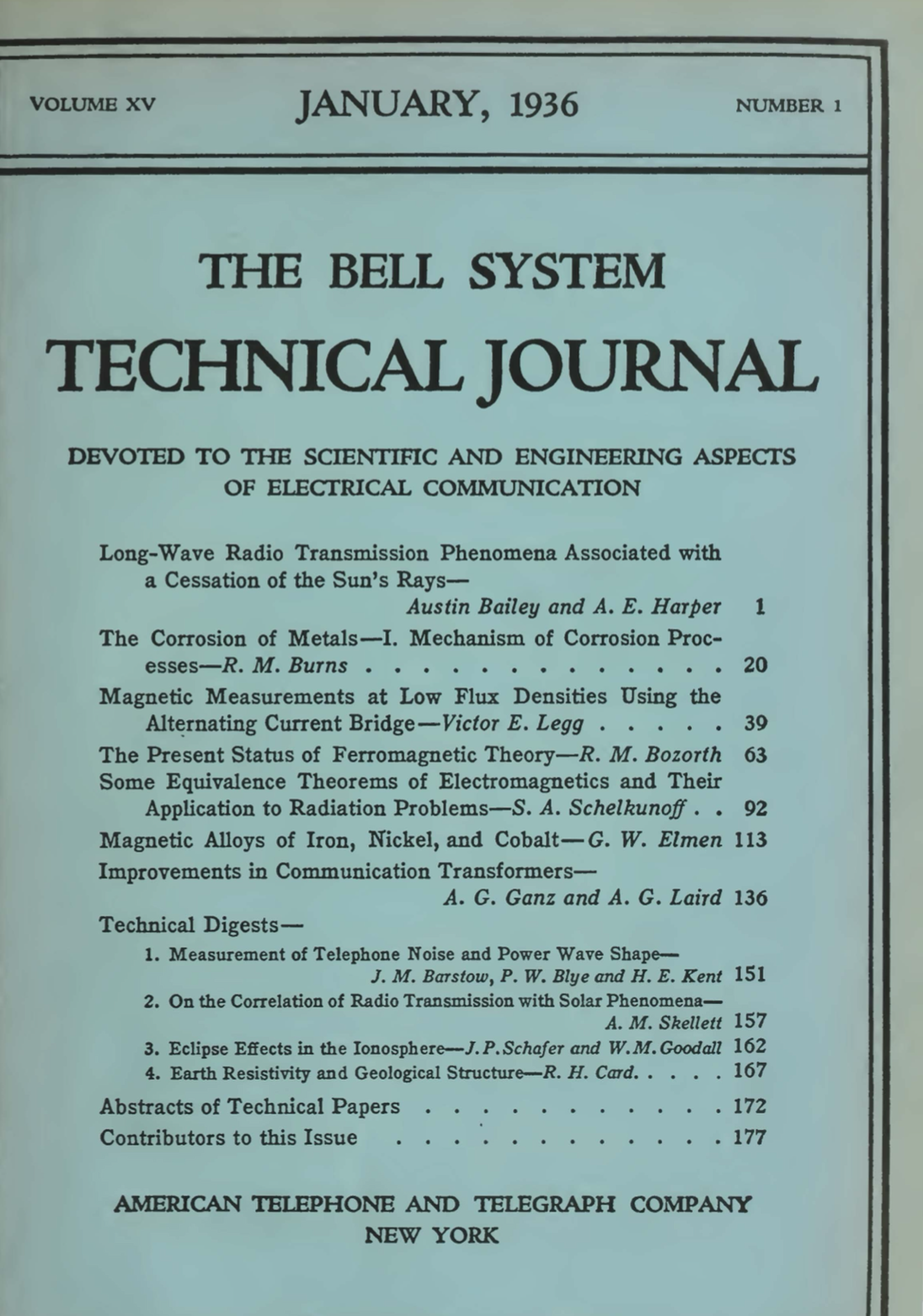
The Bell System Technical Journal, Vol. 15 Texts
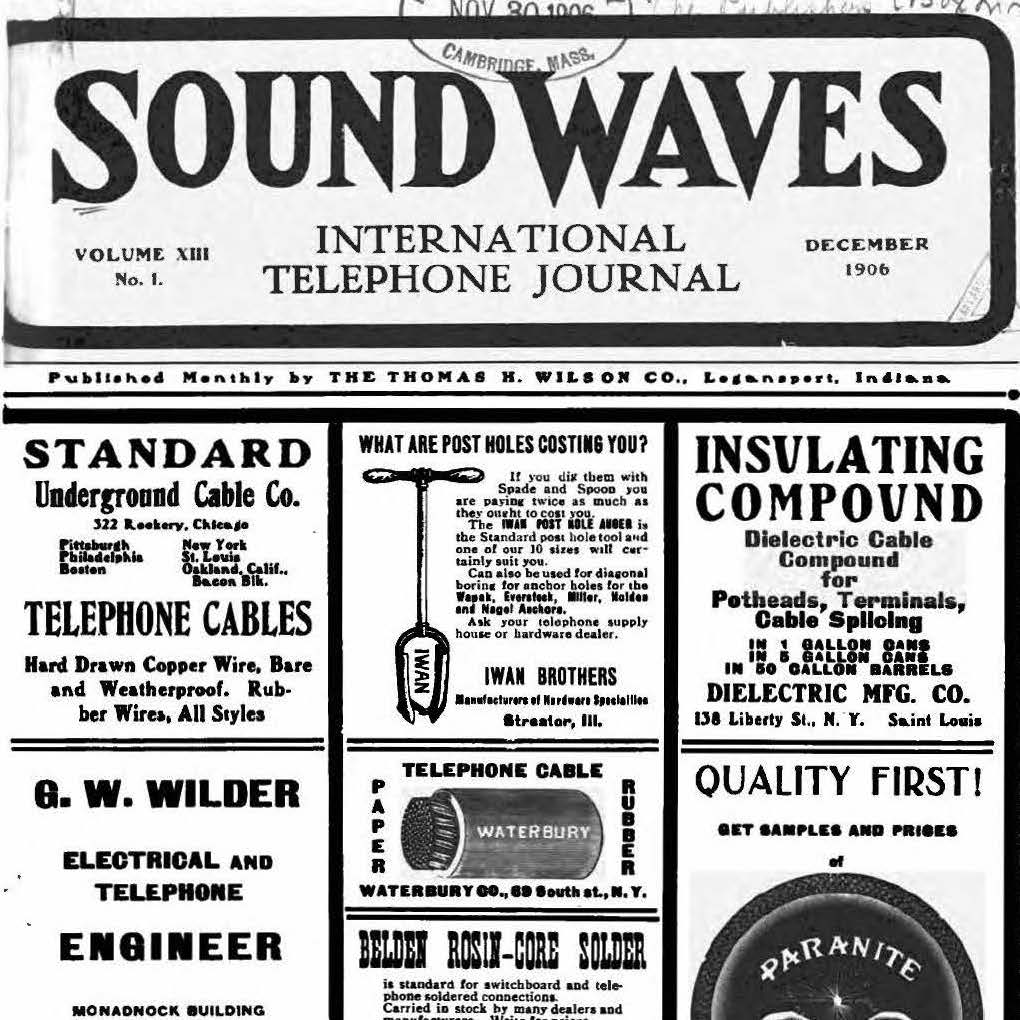
Sound Waves. International Telephone Journal (1900-1910) Series

Sound Waves. International Telephone Journal, Vol. 13, 1906-1907 Texts

Bell Telephone News, Vol. 6 No. 3 Texts
Early twentieth-century telephone periodicals
This collection, assembled by media historian Matthew Hockenberry, contains a selection of telephone journals and associated materials from the late nineteenth and early twentieth century. Examining the Bell System from the perspective of the independent telephone industry and Bell’s own internal periodicals through materials catalogued by the AT&T Archives, the National Museum of American History, and the private records of telephone collectors, it offers a point of reference for investigations into the technical, social, and commercial organization of telephony at the turn of the century.
Set curator’s note:
The composition of the constituent companies of the Bell System varied considerably over its history, but it suffices to say that the legacy of the Bell Telephone Company gave way to a sprawling assembly of corporations over which the company exerted both legal control—through ownership of patents, corporate stock, and contracts—and social control, with common directors, board members, and technical standards. From the Regional Operating Companies and Long Lines division to the work of Western Electric and Bell Labs, the company’s newsletters and magazines offered a means for internal connection that stood in contrast to the ostensibly more modern ones they marketed. But as Elspeth Brown writes, these “lush publications” were intended to foster a sense of association—with the same sort of industrial paternalism that was endemic to the large firms of the early twentieth century.
It should be little surprise, then, that the periodicals’ contents could be quite eclectic. Whereas some, such as the Bell System Technical Journal, featured fairly circumscribed fare, others included topics as varied as telephone practice in the Far East, floor plans for switchboard stations, and technical descriptions of magnetic telephones—all in the space of a single issue. This was even as independent periodicals on the technical and commercial developments of telegraphy and telephony seemed to form, fluctuate, and fold at a rapid rate. Editors treated them in the context of broader electrical developments, and journals oscillated around this identity. The Operator, for example, began as a telephone magazine, but ended the nineteenth century as Electrical World. Electrical Engineering moved in the opposite direction, becoming the Telephone Magazine before being acquired by Harry MacMeal’s independent Telephony. With editorial direction from the capacious industrial discourse of late nineteenth-century America, the result is a revealing insight into an era of unprecedented industrial pride and electrical innovation.
© 2015 – 2026 Humboldt-Universität zu Berlin





